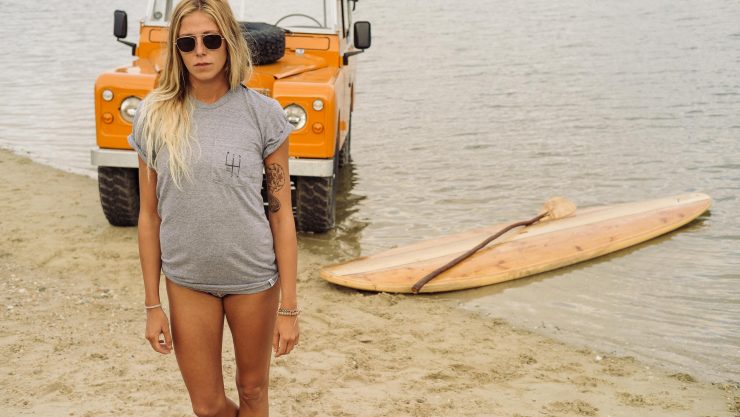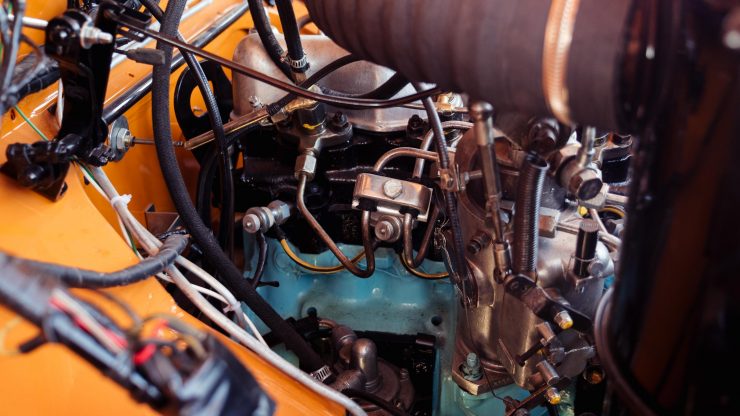Many Land Rover historians consider the Series IIA to be the best of the Series models, it exists in a Goldilocks zone between refinement and simplicity – before the crack-prone plastic dashboards of the Series III but after some engine and transmission improvements over the Series II.
Land Rover used the Series IIA as a transitional model between the Series II and the Series III, the lights were moved from the grill to the front wings in 1969, a new diesel engine was offered (closely based on the 2.25 litre petrol engine), and in 1967 a 2.6 litre inline 6 cylinder petrol engine was introduced (for the LWB models).
The production of the Series IIA ran from 1961 till 1971, a 10 year stretch that many remember as being the golden age of the British 4×4. It was a time before the Japanese had entered the market in any signifiant way and the American 4×4 manufacturers were more focussed on their domestic market – so Land Rover established themselves as the world’s pre-eminent off-road vehicle manufacturer.
Back in the heyday of the original Land Rovers it was estimated that 50% of the world’s population’s first encounter with a car was with a Land Rover – either rumbling out of the jungle in the Congo, over the mountains of Darjeeling, or across the Australian outback.
The 1971 SWB Land Rover Series IIA you see here underwent a nut and bolt restoration 4 years ago, including a full repaint in its original (specially ordered) bright orange. This is the 2.25 litre diesel-engined version and it comes fitted with Wolf Wheels, BF Goodrich Mud Terrain tires, a new black mohair canvas hood, black vinyl deluxe front seats, and a USB charger for electronic devices.
As with all Series Land Rovers, the Series IIA comes with both high and low range, and a part time 4×4 system allowing the driver to engage or disengage the front axle from inside the cabin. With front and rear seats combined the Landy can carry up to 7 people, 3 in the front and 4 in the parallel bench seats in the back.
If you’d like to read more about this Series IIA you can click here to visit Cool n’ Vintage.





































Articles that Ben has written have been covered on CNN, Popular Mechanics, Smithsonian Magazine, Road & Track Magazine, the official Pinterest blog, the official eBay Motors blog, BuzzFeed, Autoweek Magazine, Wired Magazine, Autoblog, Gear Patrol, Jalopnik, The Verge, and many more.
Silodrome was founded by Ben back in 2010, in the years since the site has grown to become a world leader in the alternative and vintage motoring sector, with well over a million monthly readers from around the world and many hundreds of thousands of followers on social media.







